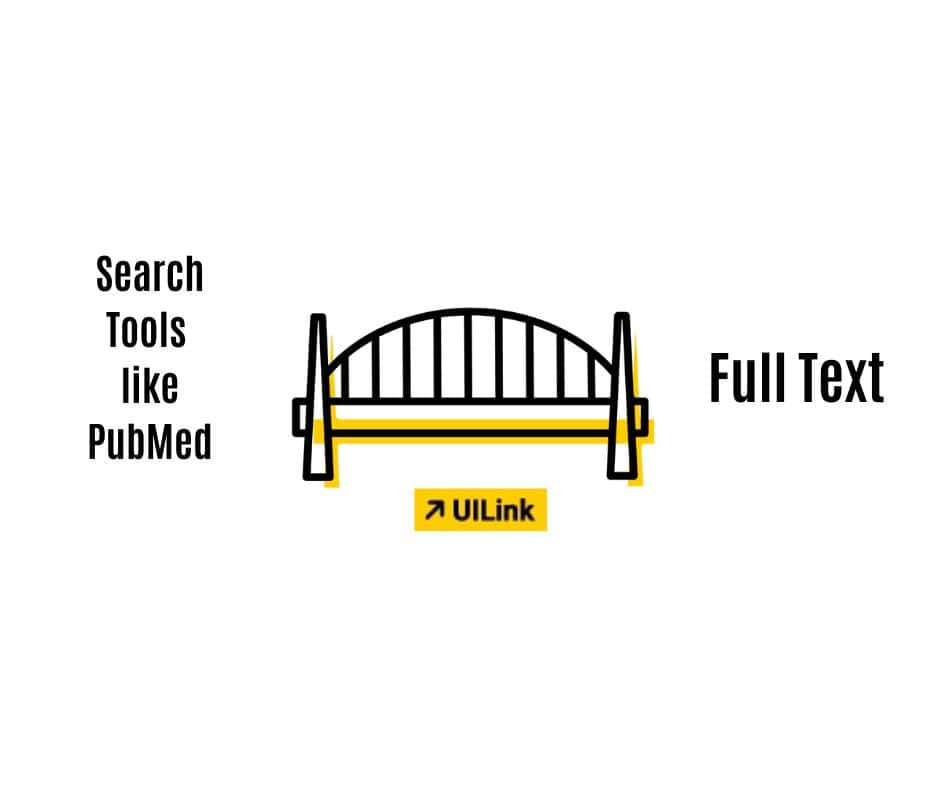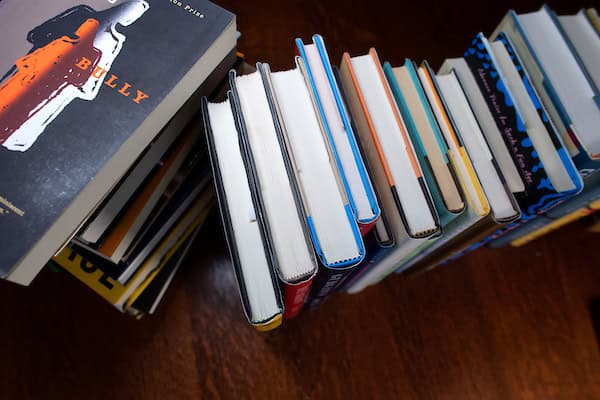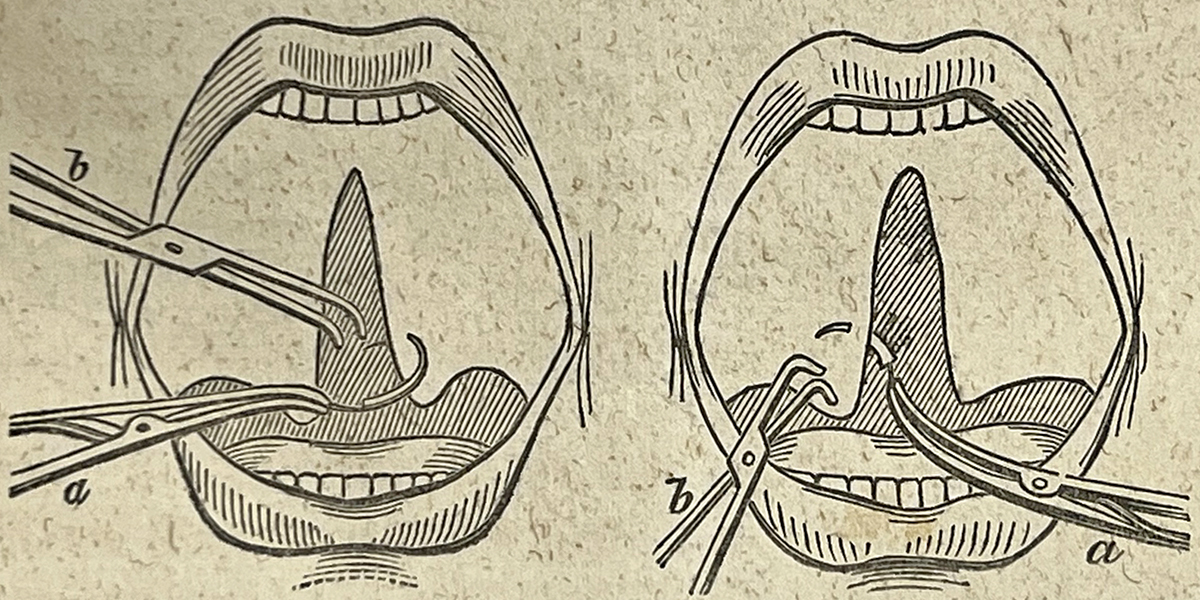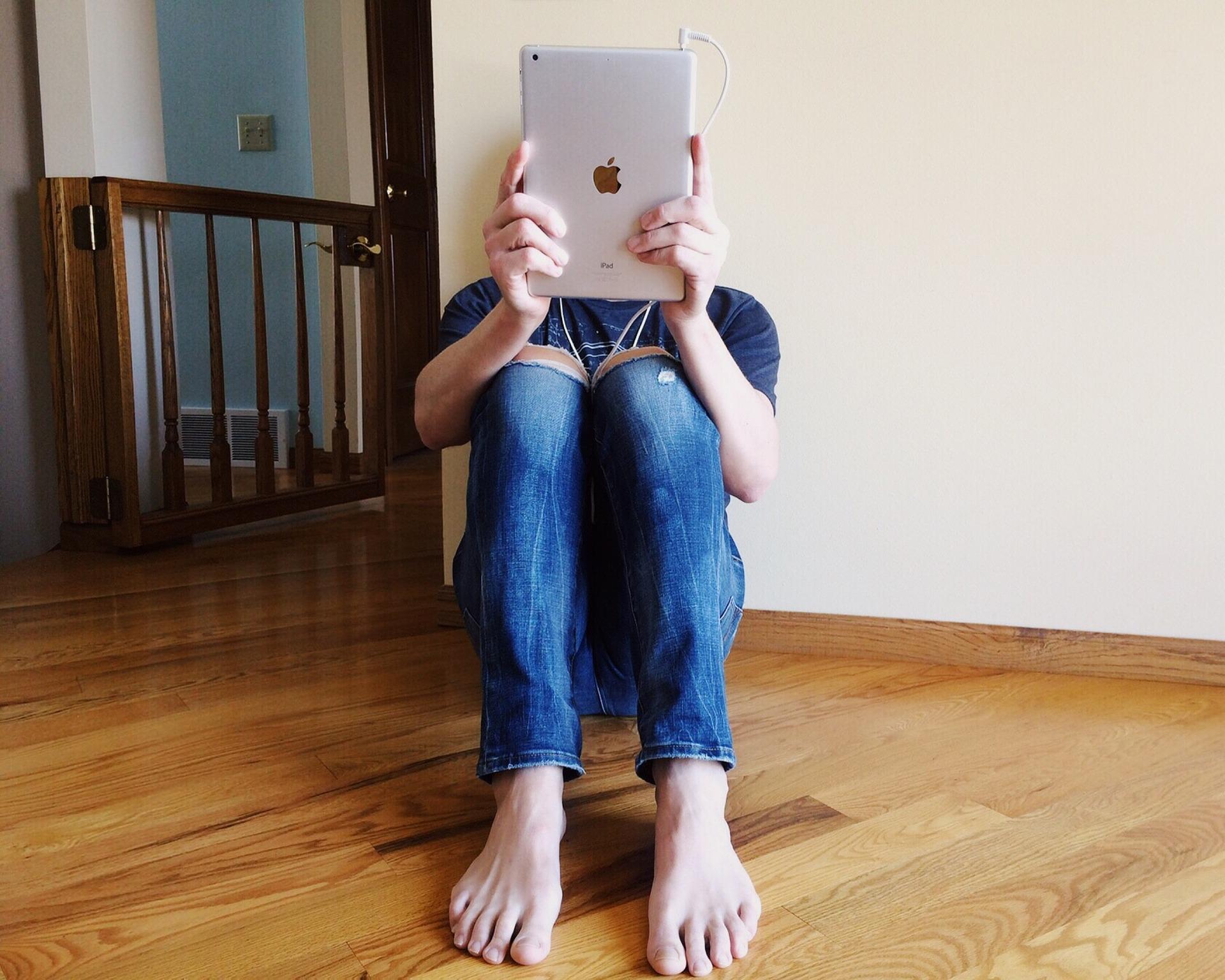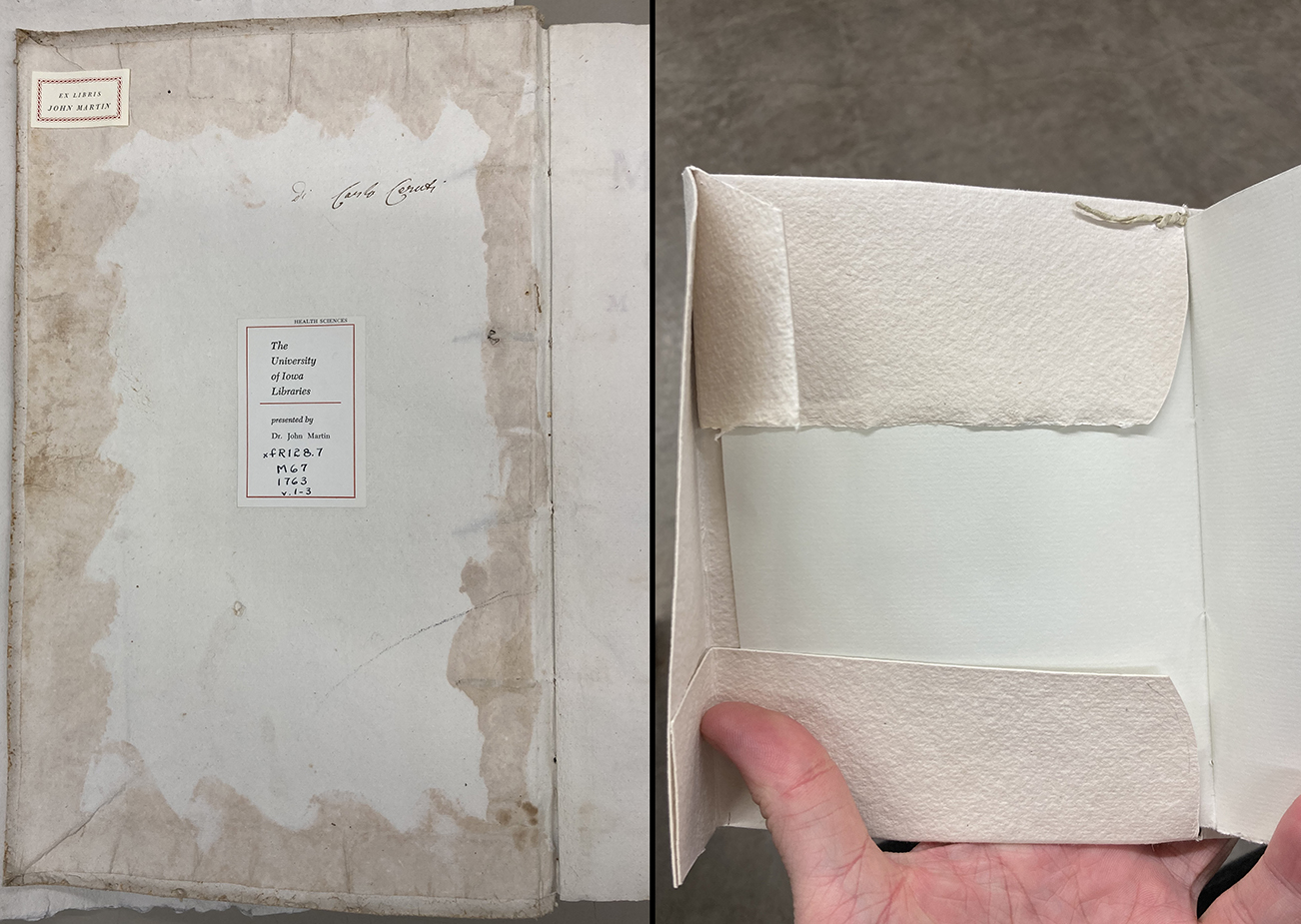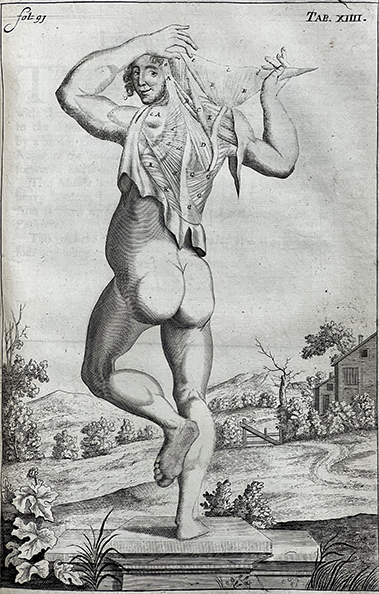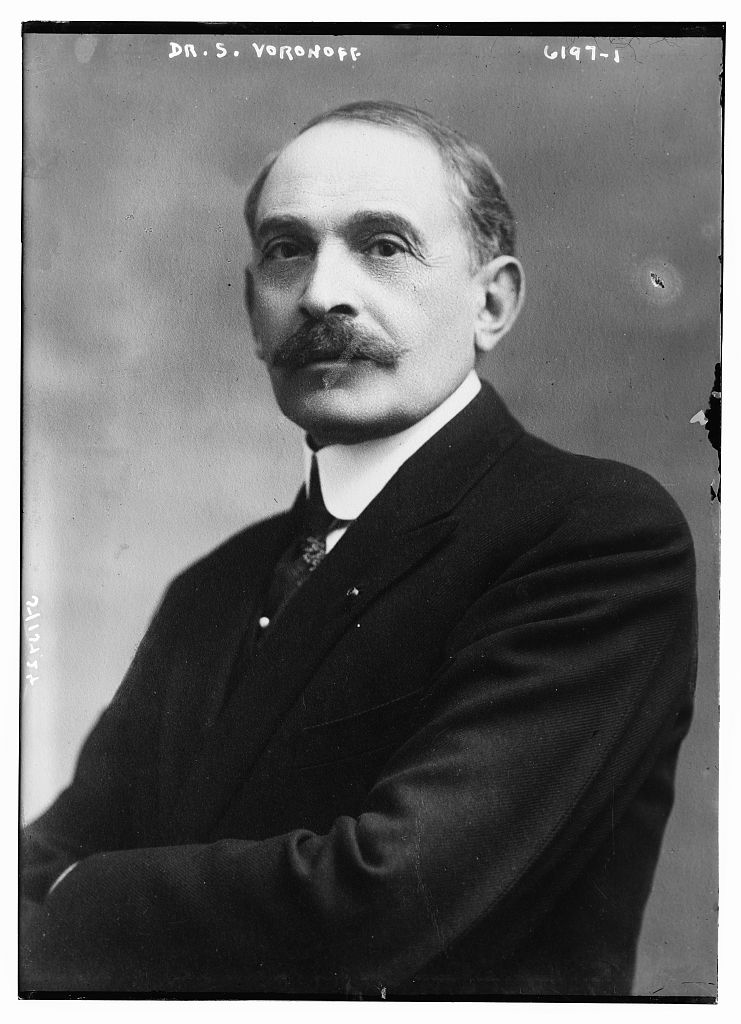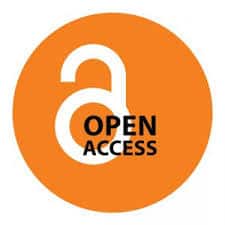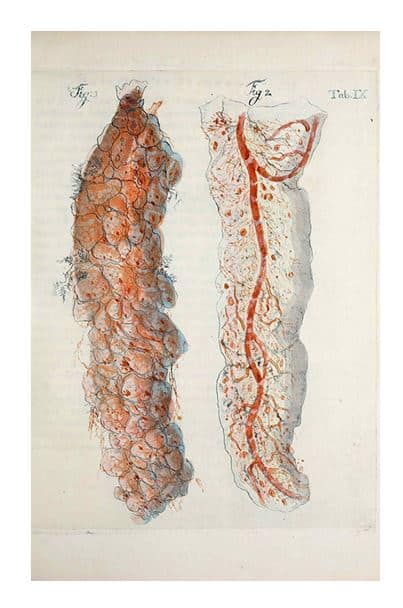Full-text content from databases is often available using the UILink button. UILink is the tool that bridges our search tools like InfoHawk+, PubMed, and other databases to our subscriptions and full-text content. Make your experience seamless with the help of the best practices listed below. 1. Start at the Hardin Library website. Links leading fromContinue reading “Using UILink to access full-text content”
Category Archives: Library Resource
Reminder: How to renew your books after the semester ends and avoid fees
Do you have book loans from the University of Iowa Libraries due in June 2024? It’s easy to return or renew (re-loan) those materials, especially to the Hardin Library for the Health Sciences, by Oct. 1, 2024. to avoid a replacement charge. Renew your loans at the UI Libraires By signing into your InfoHawk+ accountContinue reading “Reminder: How to renew your books after the semester ends and avoid fees”
How To Set Up EndNote To Find Full Text
Here is how to set up EndNote to find full text so you can save entire articles in your library. To set up Find Full Text: From the Edit menu, select Preferences. Click on Find Full Text. In the Open URL Path box, enter: https://search.lib.uiowa.edu/openurl/01IOWA/01IOWA_SERVICES If you are using EndNote from off-campus, you will needContinue reading “How To Set Up EndNote To Find Full Text”
1843 American Cleft Palate Surgery Book | Thomas Dent Mütter | from The John Martin Rare Book Room @Hardin Library
by Damien Ihrig, MA, Curator John Martin Rare Book Room MÜTTER, Thomas Dent (1811–1859). A report on the operations for fissures of the palatine vault. Printed in Philadelphia by Merrihew & Thompson, 1843. 28 pages. 23 cm tall. The Mütter Museum in Philadelphia is celebrated for its collection of anatomical specimens of rare conditions, from the famous (and infamous), asContinue reading “1843 American Cleft Palate Surgery Book | Thomas Dent Mütter | from The John Martin Rare Book Room @Hardin Library”
New EBook Titles in Ortho, Emergency, Peds, Ophthalmology & More
New titles now available as electronic (online) books. Adrenal Disorders (Young, William) Applied Knowledge in Paediatrics: MRCPCH Mastercourse (Hewitt, Martin) Atlas of Laparoscopic and Robotic Urologic Surgery (Bishoff, Jay) 3rd edition Atlas of Pain Management Injection Techniques (Waldman, Steven) 5th edition Bone and Soft Tissue Pathology (Goldblum, John) 2nd edition The Chest Wall and Abdomen (Waldman, Steven) Complications in Orthopaedics:Continue reading “New EBook Titles in Ortho, Emergency, Peds, Ophthalmology & More”
Conservator’s Corner | Saving The Morgagni
By Beth Stone, MFA Collections Conservator, University of Iowa Libraries When volumes arrive in conservation, the first step is a quick assessment. Often this entails physical inspection of a cart of 30-80 items, ticking off from a checklist of the most common repairs or housings we provide. When an individual item is shuffled to aContinue reading “Conservator’s Corner | Saving The Morgagni”
John Browne | Myographia Nova | Dissection | Book of the Month from the John Martin Rare Book Room @Hardin Library
By Damien Ihrig, Curator, John Martin Rare Book Room BROWNE, JOHN (1642-1700) Myographia nova, or, A description of all the muscles in humane body : as they arise in dissection : distributed into six lectures ; at the entrance into every of which, are demonstrated the muscles properly belonging to each lecture now in generalContinue reading “John Browne | Myographia Nova | Dissection | Book of the Month from the John Martin Rare Book Room @Hardin Library”
Quack Transplant and Endocrinology Medicine | Serge Voronoff | January Book of the Month from the John Martin Rare Book Room @Hardin Library
VORONOFF, SERGE (1866-1951). Étude sur la vieillesse et la rajeunissement par la greffe. [Research on aging and rejuvenation by transplantation] Printed in Paris by Octave and Gaston Doin in 1926. 23 cm tall. Signed copy. Voronoff was born in Russia and studied medicine in France. He studied with the transplant pioneer, Alexis Carell, eventually becomingContinue reading “Quack Transplant and Endocrinology Medicine | Serge Voronoff | January Book of the Month from the John Martin Rare Book Room @Hardin Library”
Company of Biologists: Free Open Access Publishing for UI Authors
by Sara Scheib, Head, Scholarly Impact Department The University of Iowa Libraries has entered into a transformative agreement with the Company of Biologists that allows University of Iowa authors to publish open access articles for free in their 5 journals. Key benefits of the agreement include: unlimited fee-free publishing of Open Access research articles forContinue reading “Company of Biologists: Free Open Access Publishing for UI Authors”
New Acquisition | John Martin Rare Book Room | Bleuland, Otium academicum
BLEULAND, JAN (1756-1838) Otium academicum : continens descriptionem speciminum nonnullarum partium corporis humani et animalium subtilioris anatomiae ope in physiologicum usum praeparatarum, aliarumque, quibus morborum organicorum natura illustratur. [Academic leisure: containing a description of several specimens of the human body and of exact animal anatomy prepared for use in physiology, and containing a description of otherContinue reading “New Acquisition | John Martin Rare Book Room | Bleuland, Otium academicum”
